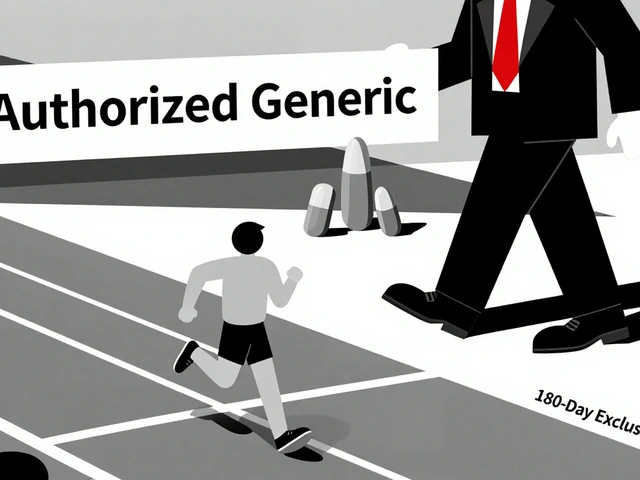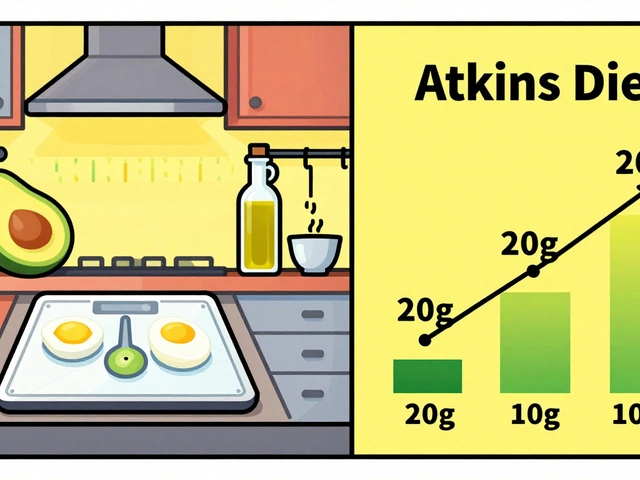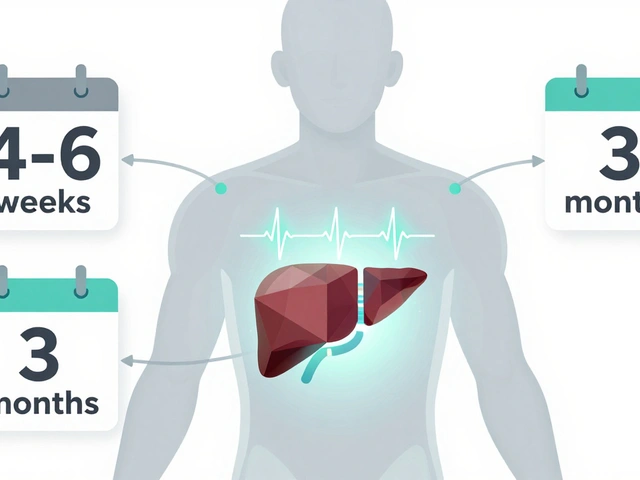Deep Vein Thrombosis (DVT): What It Is, Signs, Risks & How to Stay Safe
Deep vein thrombosis, or DVT, happens when a blood clot forms in a deep vein, most often in the leg. The clot can block blood flow, cause swelling, and if it breaks loose it may travel to the lungs, leading to a dangerous pulmonary embolism. Knowing the basics helps you spot trouble early and take steps to protect yourself.
Spotting the warning signs
The first clue is usually pain that feels like a cramp or soreness in the calf or thigh. It often worsens when you stand or walk and eases when you sit down. Look for swelling that makes the leg look larger than the other side, and a tight, shiny skin surface. Some people notice a reddish or bluish discoloration, but not everyone gets all of these signs. If you notice any combination, especially after a long flight or surgery, call a doctor right away.
Common risk factors
Age matters – people over 60 are more prone, but younger folks aren't immune. Immobility is a big trigger; sitting for hours on a plane, driving cross‑country, or being bedridden after an operation can let blood pool and clot. A family history of clotting disorders, recent injury, pregnancy, hormone‑based birth control, and conditions like cancer or obesity also raise the odds. Smoking and chronic inflammation add extra fuel to the fire.
Lowering your risk and getting treatment
Movement is your best defense. If you’re on a long trip, stand up, stretch, and walk the aisle every hour. At home, keep your legs raised when you sit for long periods and wear loose clothing. Compression stockings can help keep blood flowing, especially if you’ve had DVT before. Staying hydrated also prevents the blood from getting too thick.
When a clot is found, doctors usually prescribe blood‑thinners such as warfarin or newer direct oral anticoagulants. These meds thin the blood so the clot can shrink and prevent new ones from forming. In some cases, a catheter‑based procedure may be used to break up or remove the clot. Follow‑up appointments are crucial because dosage adjustments are often needed based on blood test results.
Quick checklist
- Feel for calf or thigh pain that gets worse with standing.
- Check for swelling, skin tightness, or discoloration.
- Move around every hour during long trips or after surgery.
- Stay hydrated and consider compression stockings if you’re at high risk.
- Contact a healthcare professional immediately if symptoms appear.
Understanding DVT doesn’t require a medical degree – just a bit of awareness and the willingness to act when something feels off. Keep these tips handy, and you’ll reduce the chance that a clot catches you off guard.
- By Percival Harrington
- /
- 22 Sep 2025
Deep Vein Thrombosis & Hormone Replacement Therapy: Key Risks & Prevention
Learn how hormone replacement therapy can affect deep vein thrombosis risk, what the warning signs are, and practical steps to stay safe.






